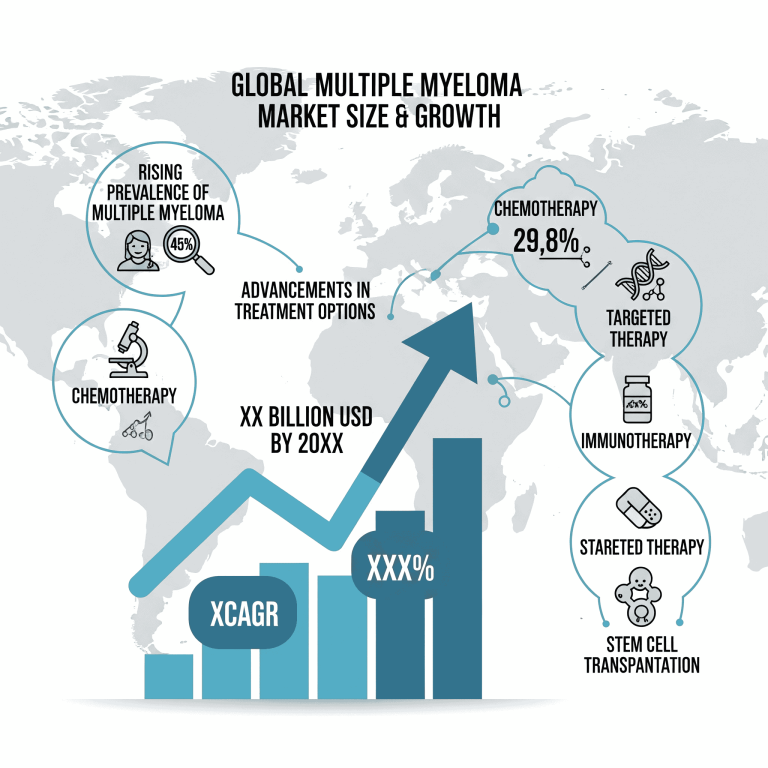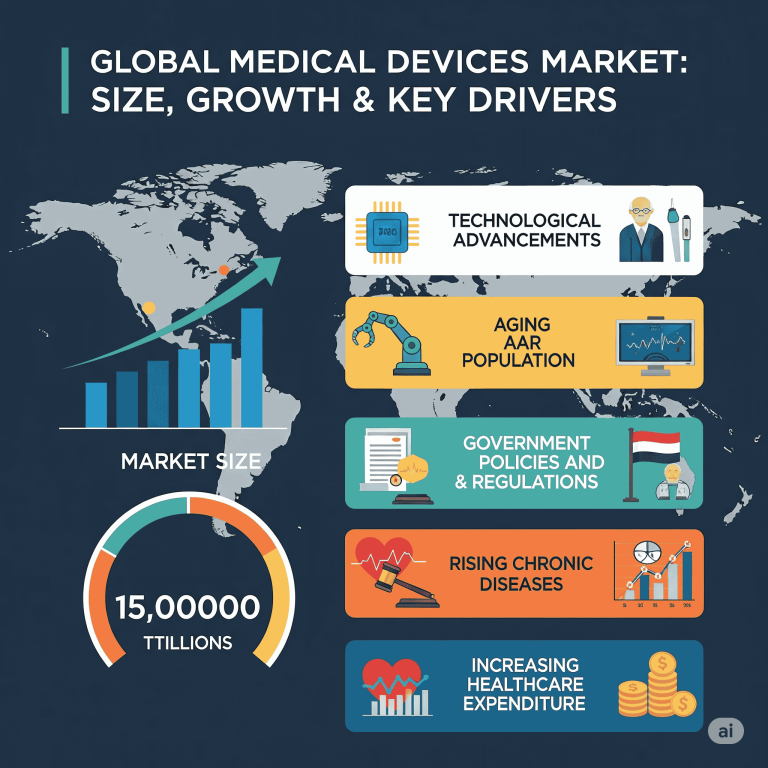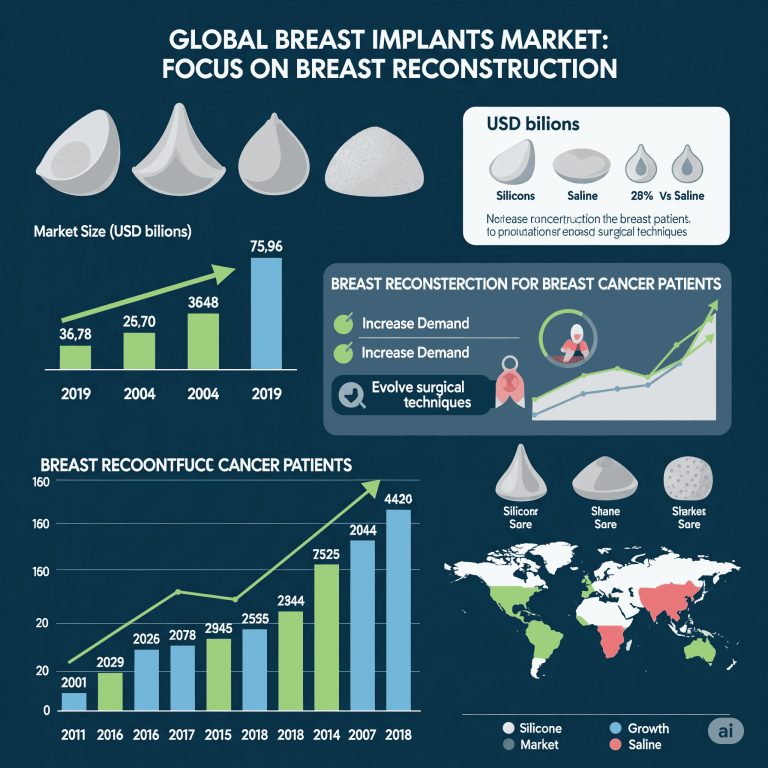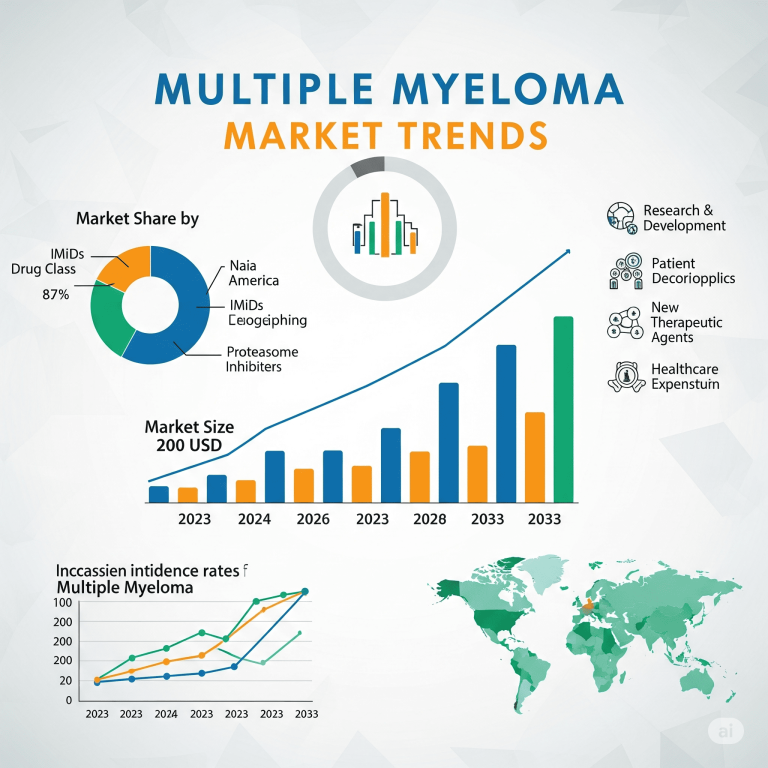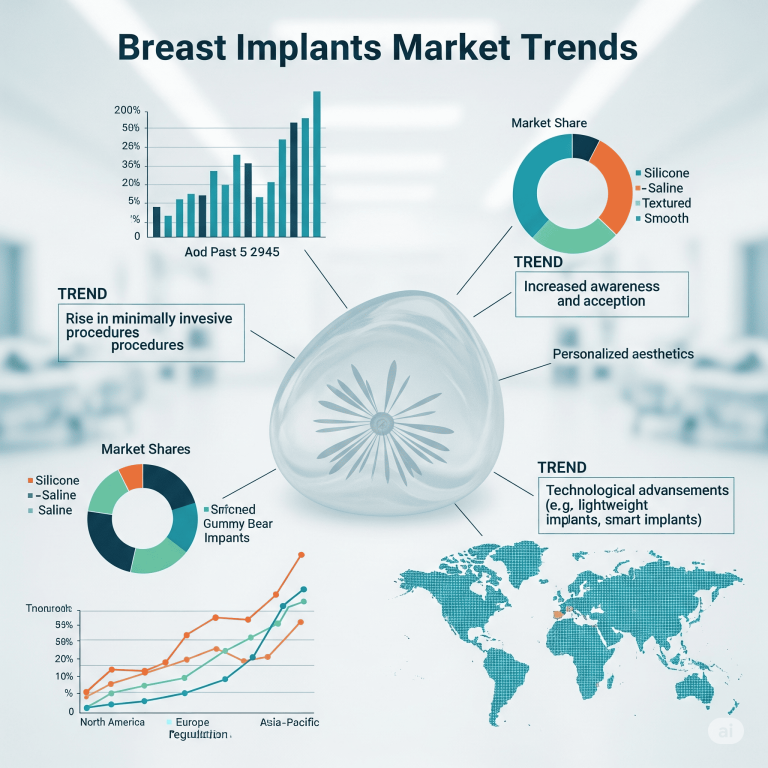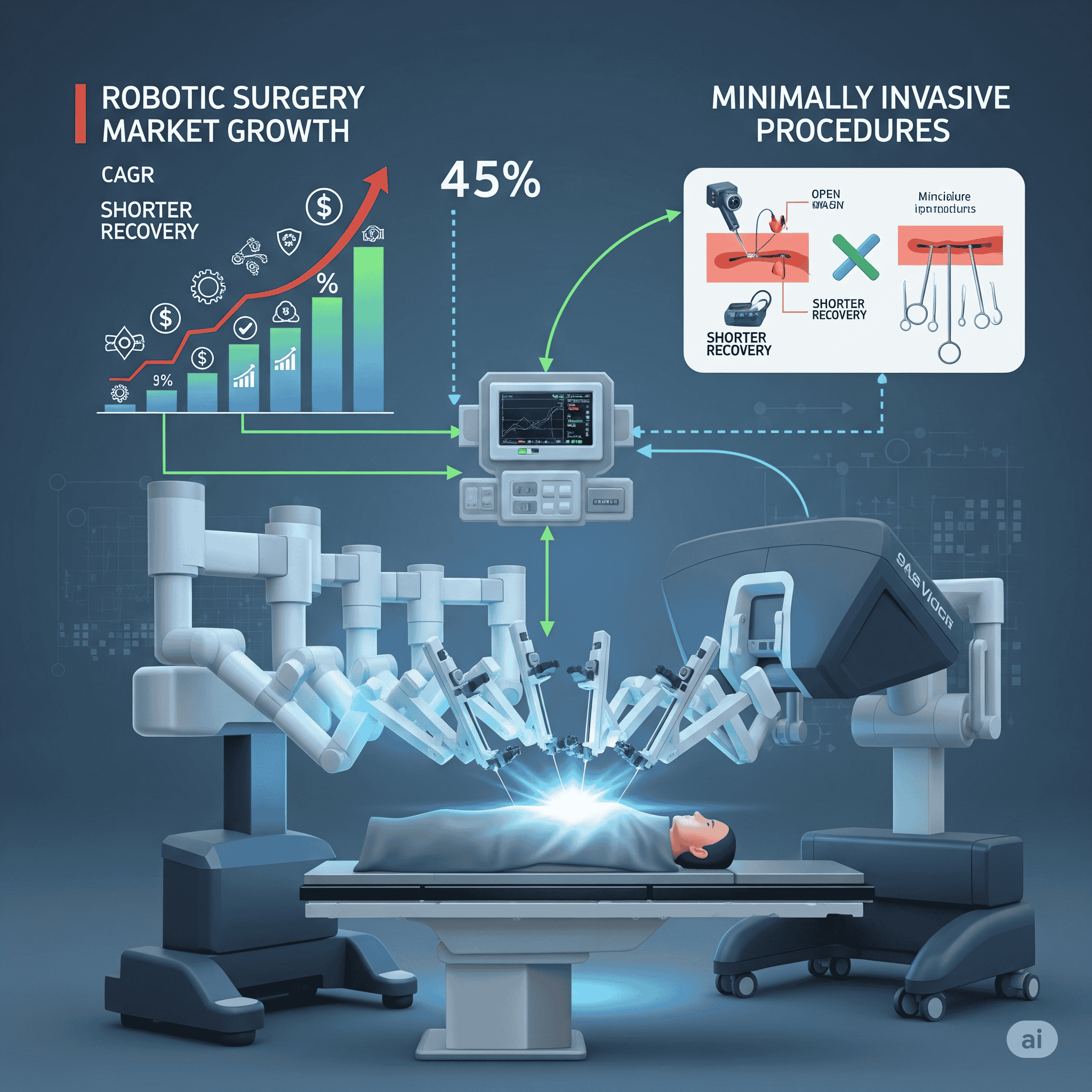
The global robotic surgery market was valued at USD 11.83 billion in 2024 and is projected to grow to USD 54.66 billion by 2034, expanding at a CAGR of 16.54% (2025–2034). Growth is driven by the rising prevalence of chronic diseases, the increasing demand for minimally invasive procedures, and technological advancements like AI integration and enhanced imaging. North America currently leads the market due to advanced healthcare infrastructure, while Asia Pacific is expected to grow fastest, fueled by rising healthcare investments and medical tourism. Key players include Intuitive Surgical, Stryker, Medtronic, Zimmer Biomet, and CMR Surgical.
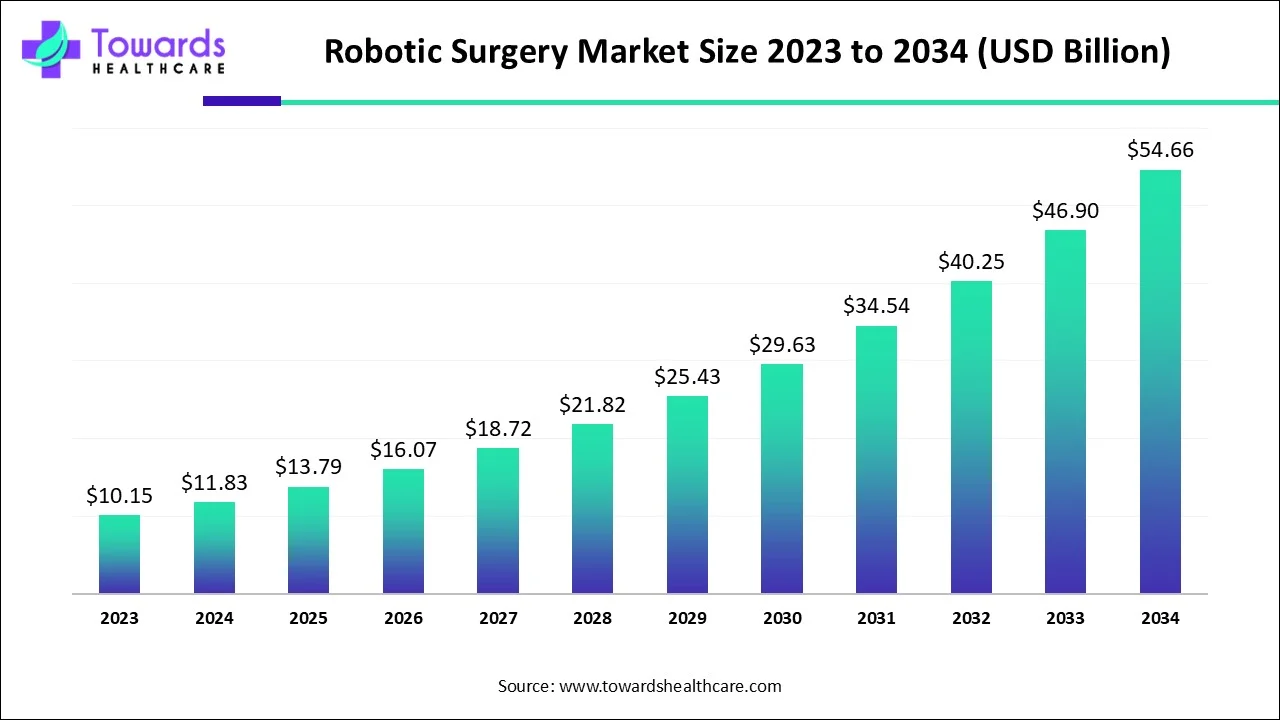
Download the free sample and get the full report for complete insights and forecasts on this market @ https://www.towardshealthcare.com/download-sample/5502
Market Trends
AI Integration in Surgery
◉Enhances precision, reduces human error, and supports real-time decision-making.
◉Used in preoperative planning, live surgical assistance, and postoperative analysis.
Remote & Telesurgery Developments
◉India’s SSI Mantra performed world-first telesurgeries over 286 km with 40 ms latency.
Specialty Expansion
◉Robotic systems entering spine, gynecology, ENT, and cardiovascular procedures.
Cost Reduction Efforts
◉Affordable and compact systems targeting emerging markets to increase adoption.
Training & Education Initiatives
◉Hospitals partnering with medtech firms to establish dedicated robotic surgery training centers.
Market Insights
Strong Demand in Orthopedics
◉MAKO system and knee replacement robotics dominate due to precision and recovery benefits.
General Surgery Growth
◉Expected to see the fastest CAGR, with 30% of U.S. general surgeries robotic by 2027.
Service Segment Surge
◉Maintenance, training, and software updates are increasingly in demand as hospitals expand robotic programs.
High Volume of Global Surgeries
◉Over 313 million surgeries annually provide a vast market potential for robotic-assisted procedures.
Market Dynamics
Drivers
Rising Chronic Diseases
◉More cancer, cardiac, and orthopedic cases increase need for advanced surgeries.
Preference for Minimally Invasive Surgeries
◉Reduced blood loss, scarring, pain, and recovery time attract patients and hospitals.
Restraints
High Cost of Robotic Systems
◉Purchase, maintenance, and training costs limit adoption in low-resource settings.
Opportunities
Technological Advancements
◉AI-powered systems, improved imaging, and affordable designs expand access.
Government & Private Investments
◉Initiatives like India’s National Strategy on Robotics and EU-funded projects accelerate growth.
Regional Segments
North America – Largest market; strong infrastructure, top medtech companies, and favorable reimbursement.
Asia Pacific – Fastest-growing; driven by healthcare investments, tech adoption, and medical tourism.
Europe – High growth; supported by strong R&D, funding, and favorable reimbursement policies.
Latin America – Growing adoption in Brazil and Mexico due to rising hospital modernization.
Middle East & Africa – Emerging market with increasing investments in premium healthcare facilities.
Segment Highlights
By Offering
Products – Largest share (robotic systems, tools, and software).
Services – Fastest-growing; training, maintenance, and upgrades in high demand.
By Applications
Orthopedics – Largest segment due to precision in joint replacements.
General Surgery – Fastest-growing; covering hernia repairs, gallbladder removal, etc.
By End-User
Hospitals – Dominant; advanced facilities and skilled teams.
Ambulatory Surgical Centers – Fastest-growing; cost-effective, same-day procedures.
Top Keyplayers
Smith & Nephew
Medrobotics Corporation
TransEnterix Surgical, Inc.
Intuitive Surgical
Renishaw Plc
Stryker Corporation
THINK Surgical, Inc.
Zimmer Biomet
Medtronic Plc
CMR Surgical
Top FAQs
1. What is the growth rate of the robotic surgery market?
The market is projected to grow at a CAGR of 16.54% from 2025 to 2034.
2. Which region dominates the robotic surgery market?
North America leads due to advanced infrastructure, high adoption of technology, and strong presence of major players.
3. What factors are driving market growth?
Increasing chronic diseases, demand for minimally invasive procedures, and advancements in AI-driven robotic systems.
4. Which application segment is growing fastest?
General surgery is growing fastest, with expanding adoption in gallbladder, hernia, and abdominal procedures.
5. What is the biggest challenge for robotic surgery adoption?
The high cost of robotic systems and associated training/maintenance is the primary barrier.
Scroll Below & Check Out the Details
Immediate Delivery Available | Buy This Premium Research @ https://www.towardshealthcare.com/price/5502
Access our exclusive, data-rich dashboard dedicated to the healthcare market – built specifically for decision-makers, strategists, and industry leaders. The dashboard features comprehensive statistical data, segment-wise market breakdowns, regional performance shares, detailed company profiles, annual updates, and much more. From market sizing to competitive intelligence, this powerful tool is one-stop solution to your gateway.
Access the Dashboard: https://www.towardshealthcare.com/access-dashboard
Become a valued research partner with us – https://www.towardshealthcare.com/schedule-meeting
You can place an order or ask any questions, please feel free to contact us at sales@towardshealthcare.com
